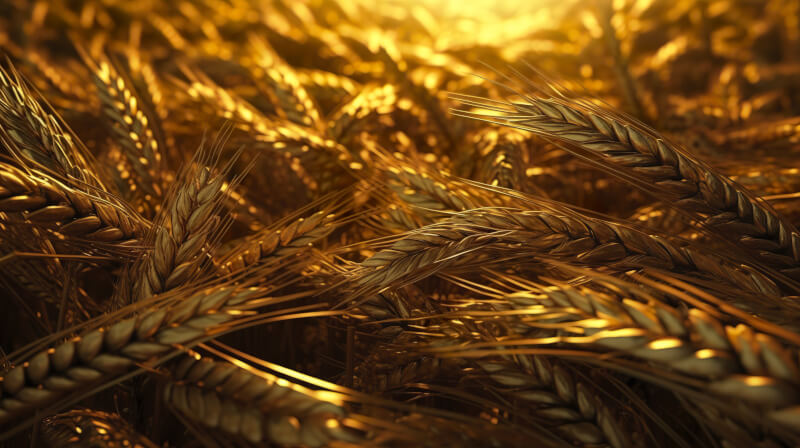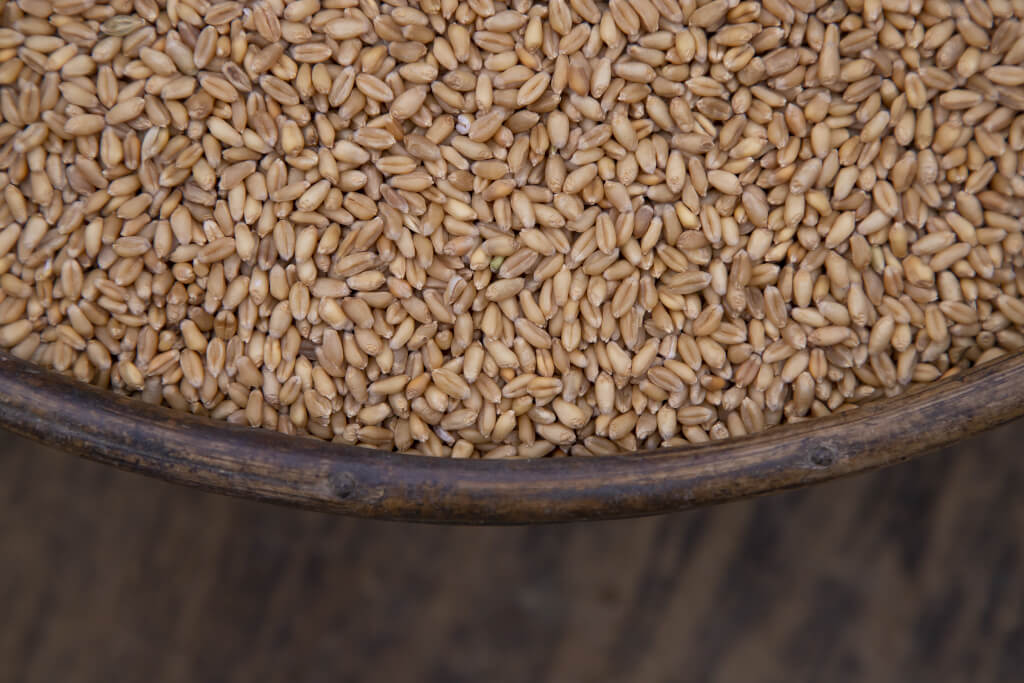You’ve walked the whiskey aisles, tasted your fair share, and perhaps even developed a knack for distinguishing between various types. You’ve reveled in the complexity of malts and felt the fire of a robust Kentucky rye. Still, there’s one variety that might elude your affection: grain whisky.
Now, imagine, if you will, stepping into a bar, heart set on your first dram. You want something unpretentious, welcoming, maybe even with a touch of celebrity glint. And there it is, a bottle of Haig Club, subtly glowing, endorsed by none other than David Beckham. For many, this grain whisky was an entry point – an inviting, approachable introduction to the world of Scotch. But as the whiskey narrative unfolds, one can’t help but wonder: why doesn’t grain whisky bask in the same limelight as malts?
The Grain Whisky Insight
At its core, grain whisky offers a light, often vibrant character, and here’s why:
- Distillation Process: Grain whiskies typically come from larger, industrial stills, often distilled at a higher proof than malt whiskies. This contributes to their characteristically lighter profile.
The Role of Industrial Stills: The heart of grain whisky’s lighter profile can be attributed to its distillation. Unlike pot stills traditionally used for malt whiskies, grain whiskies are often distilled in continuous columns or Coffey stills. These stills, with their towering columns, allow for a more consistent, continuous production. - Higher Proof Distillation: Distilling at a higher proof doesn’t just imply more alcohol; it also often means capturing fewer of the heavy, oily compounds, which characterize malt whiskies.
- Grain Versatility: The grain whisky recipe allows for diverse grains, not limited to malted barley. This means cheaper grains can be used, providing a cost-effective production route.
- A World of Grains: Grain whisky isn’t bound by strict ingredients. Beyond malted barley, it can be crafted from corn, wheat, or rye. Each grain imparts its distinct character: corn for sweetness, wheat for a softer profile, and rye for a spicy kick.
- The Cost Factor: The liberty to use diverse grains often leans into economic considerations. Corn and wheat, being more abundantly available in some regions, reduce production costs, making grain whiskies wallet-friendly.
- Economical Appeal: Primarily due to its cost-effectiveness, grain whisky finds its way into many blended Scotch, stretching the malt and keeping the price reasonable.
- Blending’s Best Friend: Grain whiskies, owing to their lighter and more neutral profile, seamlessly blend with malt whiskies. This isn’t merely a matter of cost; it’s about achieving balance. Grain whiskies often serve as a canvas, letting the nuanced flavors of malt whiskies shine through while providing body and structure.
- The Double-Edged Sword of Efficiency: The economical boon of grain whisky is also its narrative bane. This efficiency sometimes paints a picture that it’s the ‘fast food’ of the whisky world. While malt whiskies are celebrated for their time-honored traditions and hand-crafted appeal, grain whiskies, with their continuous production method, might seem more mechanized, and less personal.
However, this efficiency might also be grain whisky’s stumbling block. The impression it leaves behind is less of artisan craftsmanship and more of a mass-produced essence.
Discovering the Grain Depth

It’s crucial not to paint all-grain whiskies with the same broad brush. Producers are championing this type, proving it’s more than just a blending component or marketing tool. Take independent bottlers who buy grain whisky casks for direct bottling, allowing enthusiasts to taste longer-aged grain whiskies as they are.
For instance, while on the hunt for budget-friendly options that offer the charm of an older whisky, many have stumbled upon delightful offerings. Loch Lomond Single Grain, made with malt but distilled in a grain-style still, or Nikka Coffey Grain, which bursts with spicy pastry notes from Japan, are prime examples. Even Signatory’s single cask grains, though a tad pricier, showcase remarkable value for their age.
Now, while these might not challenge the intricate depths of some malt whiskies, they carry their appeal. Picture it this way: why be upset with a burger for not being a prime cut of steak when both have their unique merits?
The Pricey Predicament of Grain Whiskies
However, as you navigate the whiskey landscape, you’ll note a curious trend. Amongst the fairly priced independent bottlings, official distillery offerings of grain whiskies sometimes rival, if not surpass, the price tags of malts. And here lies the crux. For a drink that promises affordability and an alternative to pricier single malts, the pricing of certain grain whiskies feels incongruous.
It seems there’s a strategy at play, targeting younger enthusiasts who might be willing to shell out more for attractive packaging and branding than the liquid itself. The very essence of grain whisky, its affordability and pleasing nature, seems to be overshadowed by marketing tactics.
Let’s juxtapose the average price points of popular grain whiskies against their malt counterparts:
Grain Whiskies
- Haig Club: While initially affordable and promoted as a gateway to Scotch for many, its price has seen hikes in recent times. A standard bottle now retails between $60 to $70.
- Nikka Coffey Grain Whisky: Hailing from Japan, it’s renowned for its flavor profile, driven by the unique Coffey stills. Priced at around $70 to $80, it’s at par with many single malts.
- Loch Lomond Single Grain: An interesting specimen since it’s made with malt but on a grain-type still. A bottle will set you back between $30 to $40.
- Independent Bottlers: These offer grain whiskies, often aged longer, and present a spectrum of pricing. A 20-year-old grain whisky might cost anywhere from $80 to $150, depending on the brand and rarity.
Malt Whiskies
- Laphroaig 10-Year-Old: A smoky Islay classic, and while it might pack a punch both in terms of flavor and history, it’s priced between $50 to $60.
- Glenmorangie Original: A Highland favorite known for its floral and fruity profile is available within the $40 to $50 range.
- Yamazaki 12-Year-Old: As a Japanese malt, it’s become a bit of a collector’s item due to demand. You can expect to pay anywhere from $130 to $150 if you can find it.
- Macallan 12-Year-Old Sherry Oak: From the Speyside region, it’s renowned for its rich sherry influence and will cost you around $70 to $80.
When these prices are compared, the argument becomes clear: grain whiskies, especially those from well-known brands or with significant age statements, are closing in on the price territory traditionally held by malts. The real dilemma arises when the artisanal, hand-crafted narrative, often associated with malts, isn’t present in the grain whisky storyline. Why would consumers pay malt prices for grain whiskies, when the perceived value isn’t the same?
A Plea to the Whisky Tycoons
So, to you, the magnates of whiskey, here’s a thought: present us with grain whiskies. We’re eager, curious, and open to the experience. But align your prices with the experience offered. After all, in a world where even the most basic single malts threaten to burn a hole in our pockets, grain whisky’s affordability should be its standout feature, not its downfall.

